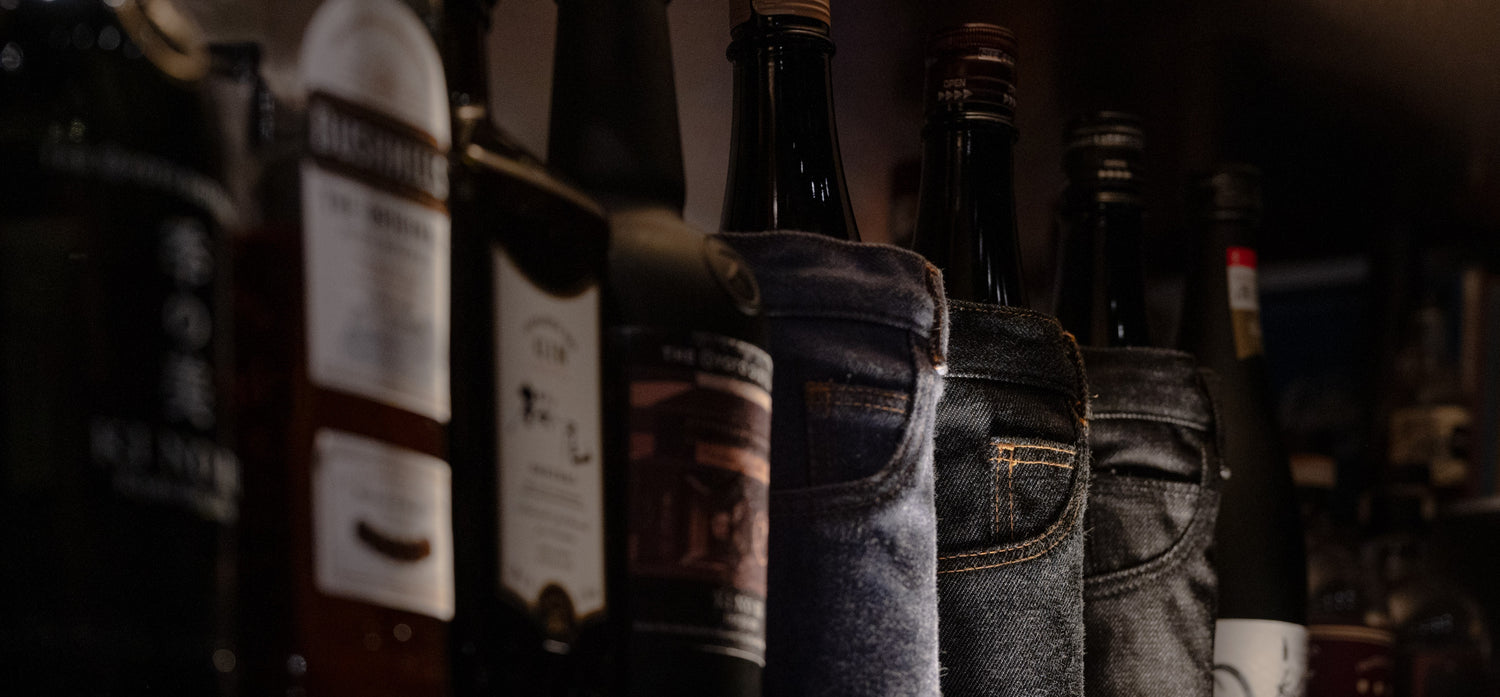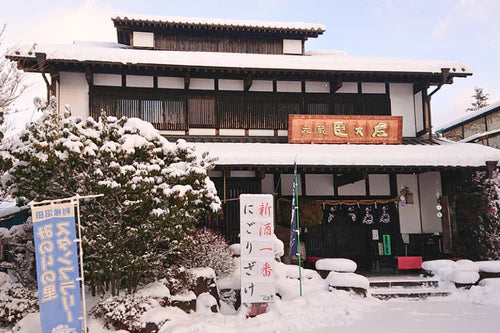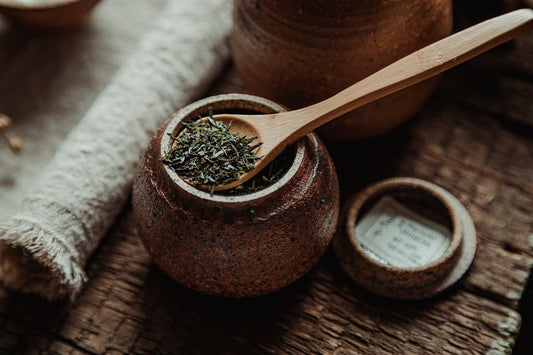Sake and beer—both beloved beverages, but which one packs a stronger punch? This question has likely crossed the mind of any alcohol enthusiast. Let's delve into a comparison of their alcohol content and explore the unique characteristics and ways to enjoy each.
Comparing Alcohol Content
For many, sake and beer are familiar alcoholic beverages, yet their alcohol content significantly differs.
Typically, beer has an alcohol content of around 5-6%. In contrast, sake averages about 15%, making it approximately three times stronger than beer. Therefore, it is fair to say that sake is considerably stronger than beer.
However, this is just an average figure, and there are various types of both beer and sake. Some beers have higher alcohol content, and some sakes are lower, so comparing specific brands might be necessary.
Why Sake is Stronger

Why is there a difference in alcohol content between sake and beer? The answer lies in their brewing processes, particularly the fermentation methods.
Beer Fermentation

Beer is brewed using malted barley as its primary ingredient. The process involves two distinct steps: converting the starch in the malted barley into fermentable sugars, and then fermenting those sugars with yeast. This method of brewing is referred to as separate mashing.
Sake Fermentation

Sake, on the other hand, is made from rice.
In sake production, both saccharification and alcoholic fermentation occur simultaneously in a single tank, known as "parallel fermentation." As saccharification progresses, the sugars are immediately converted to alcohol by yeast, leading to a more efficient production of alcohol and, consequently, a higher alcohol content.
Sake 101: Understanding the Different Types
Choosing sake can be overwhelming due to its variety. However, sake can broadly be divided into three main categories:
- Junmai-shu: Made solely from rice, koji, and water. It offers the pure taste of rice.
-
Ginjo-shu: Polished rice fermented at low temperatures, characterized by a fruity aroma and refined taste.
- Honjozo-shu: Contains a small amount of distilled alcohol, making it easy to drink and versatile with many dishes.
Further classification leads to eight types, such as the premium "Daiginjo-shu," made from highly polished rice and known for its luxurious nature.
When selecting sake, consider not only the price and type but also the rice used and the brewing method, as these factors significantly influence the flavor. For more details, please click here.
Finding Your Favorite Sake

For beer enthusiasts, sake might be a delightful discovery. When choosing sake, focus on the "finish."
- For a Crisp Finish: "Honjozo Namazake"
If you enjoy beer's refreshing finish, try "Honjozo Namazake." This sake has a clean aftertaste, similar to beer, and is easy to drink. The added brewing alcohol gives it a sharp flavor, and it is best enjoyed chilled for an extra refreshing experience.
- For a Rich Flavor: "Aged Sake"
If you prefer beers with a rich flavor, "Aged Sake" is a good match. Over time, aged sake develops a deep, mellow taste. It is perfect for those who enjoy savoring the lingering flavors of beer.
Click here to find your favorite sake in SAKURATOWN!
Tips for Enjoying Sake
To enhance your sake experience, try "Yawaragi Mizu" (softening water). Drinking water alongside sake helps:
- Slow down alcohol absorption, preventing rapid intoxication.
- Refresh your palate, making each sip of sake more enjoyable.
- Dilute the alcohol concentration, reducing strain on your body.
It is recommended to drink an equal or greater amount of water compared to sake.
Choosing Between Sake and Beer
Both sake and beer have distinct charms. Sake boasts a higher alcohol content and rich flavors, enjoyable either chilled or warmed. Beer, with its lower alcohol content and refreshing taste, is perfect for hot weather. Regardless of your choice, it is important to enjoy them in moderation. Consider your health, choose according to your mood and the occasion, and have a delightful time with either sake or beer.





